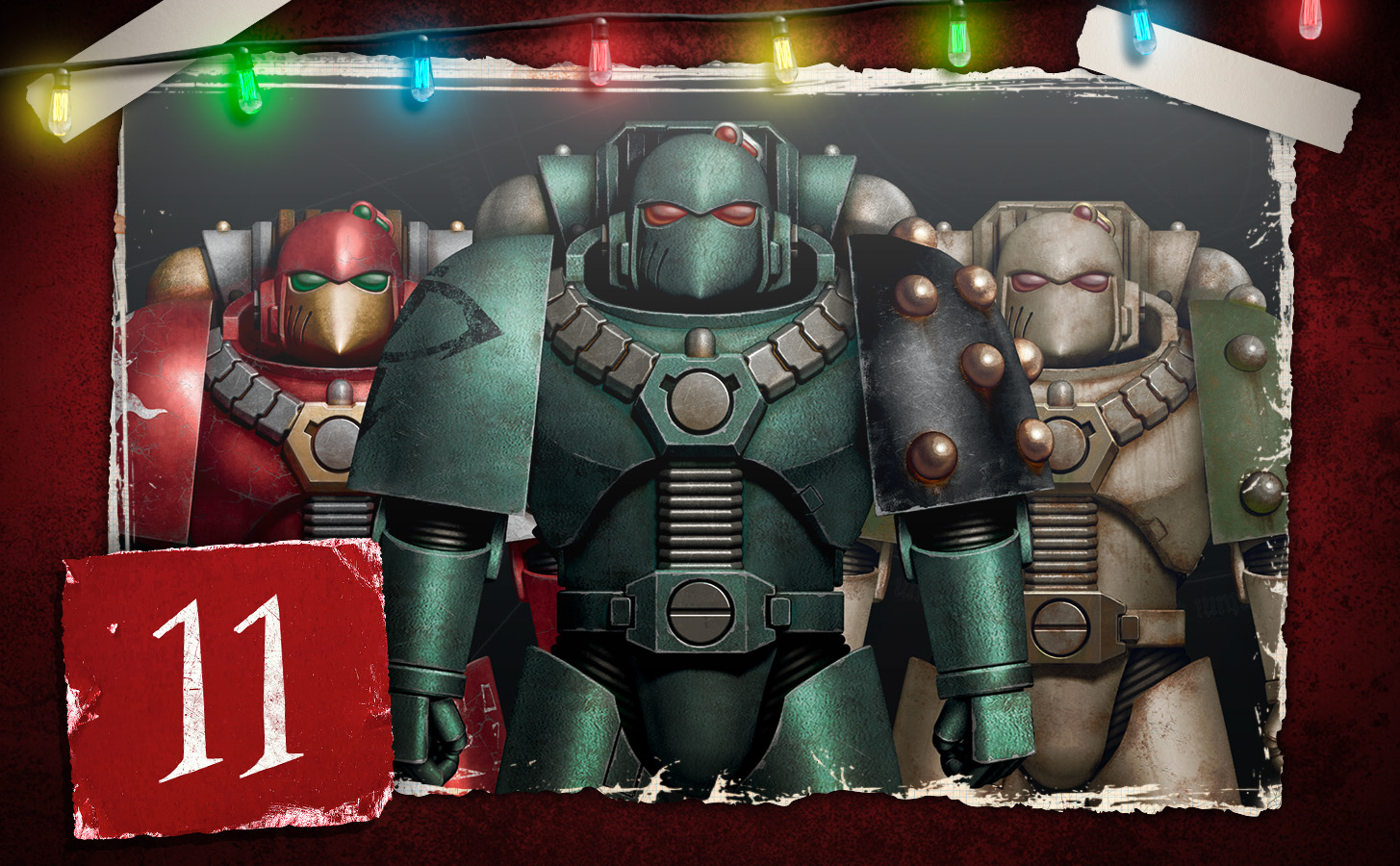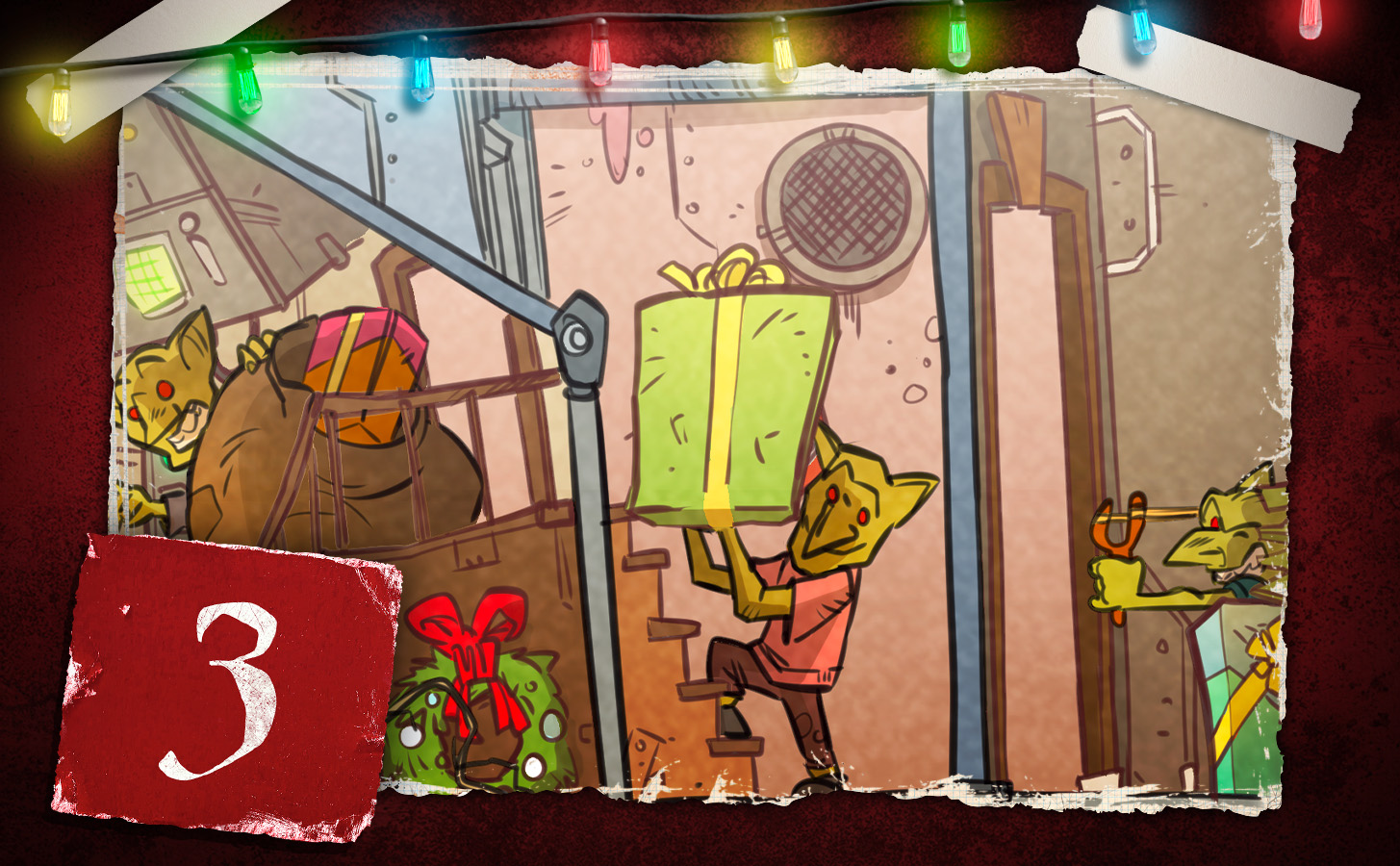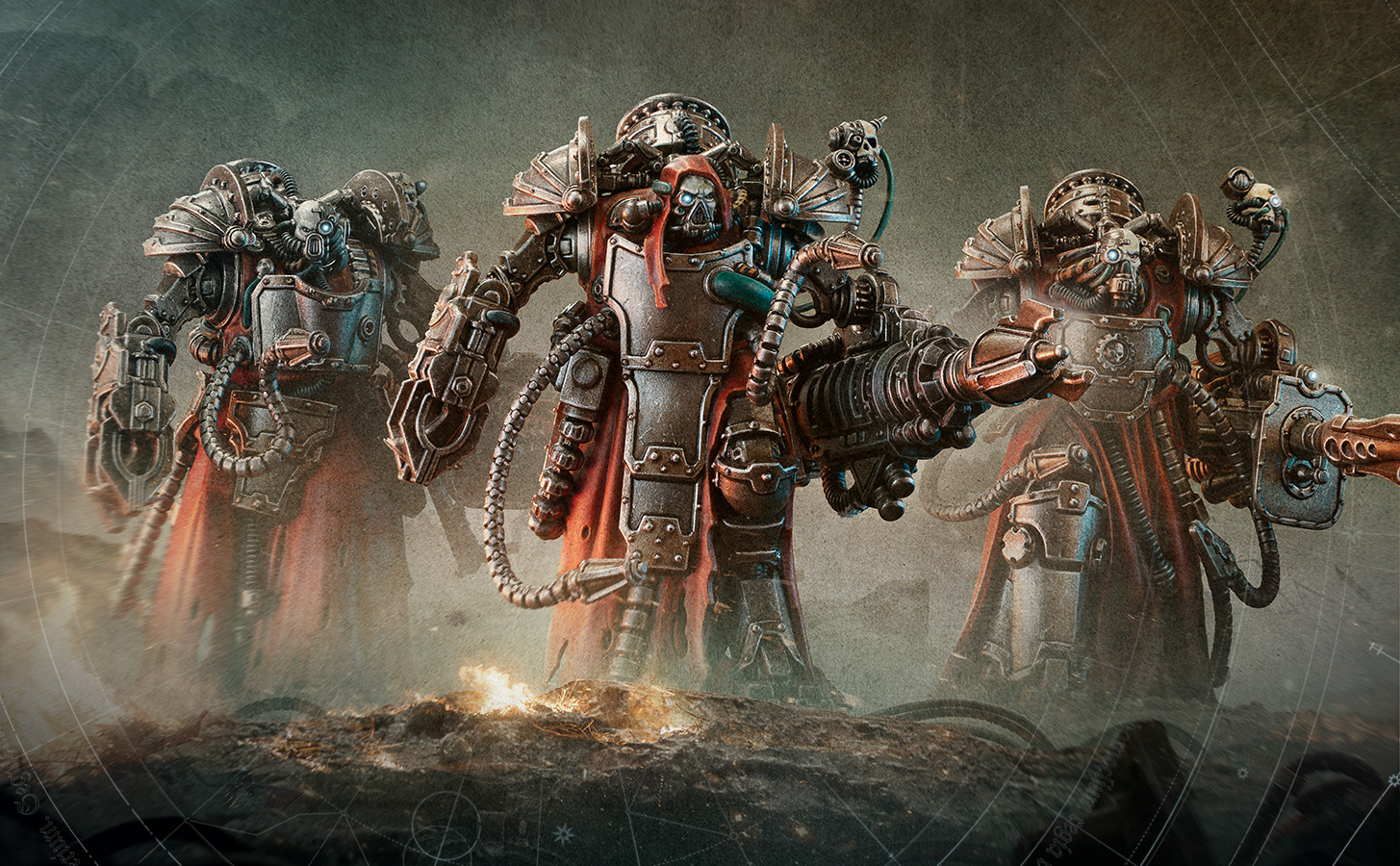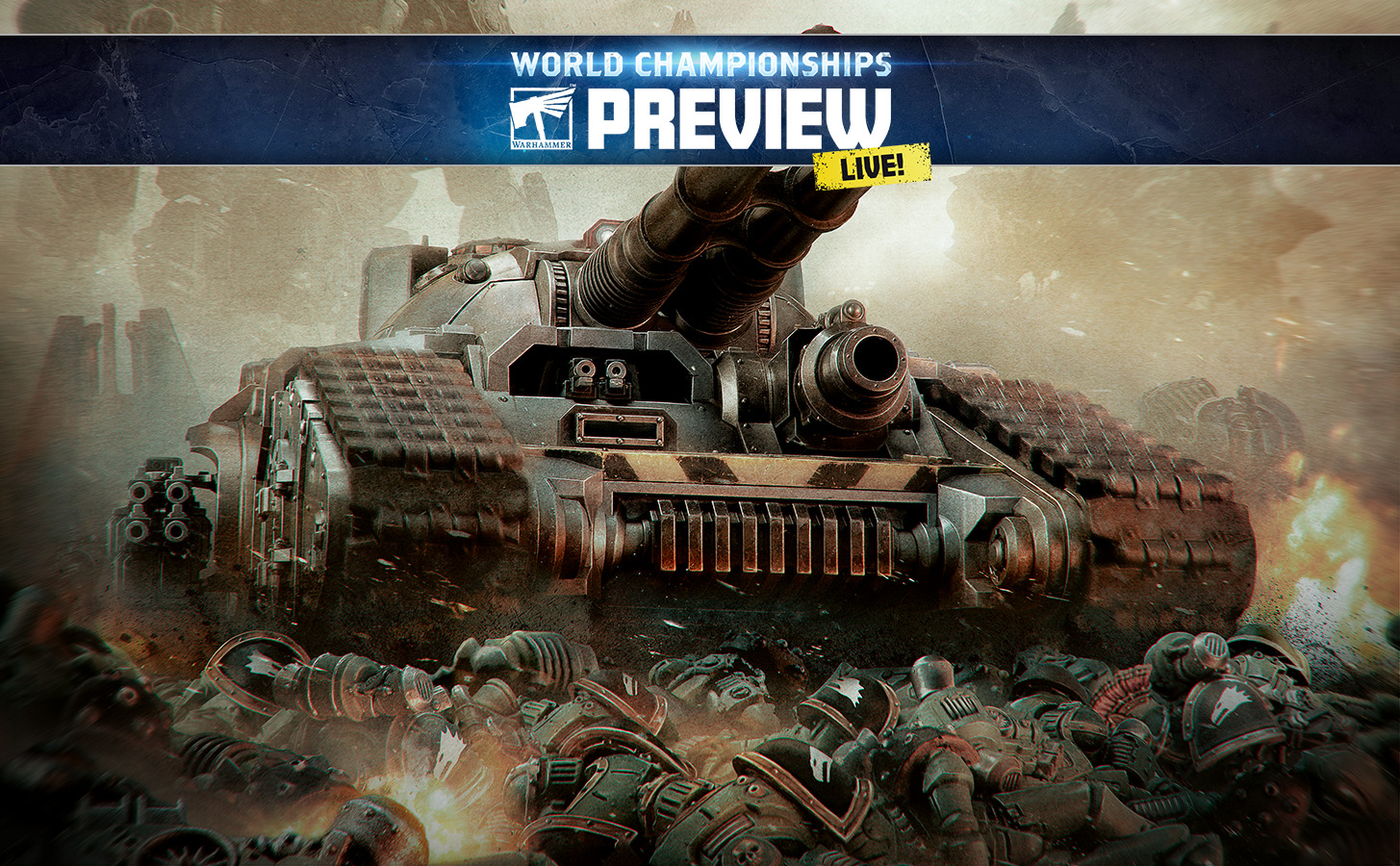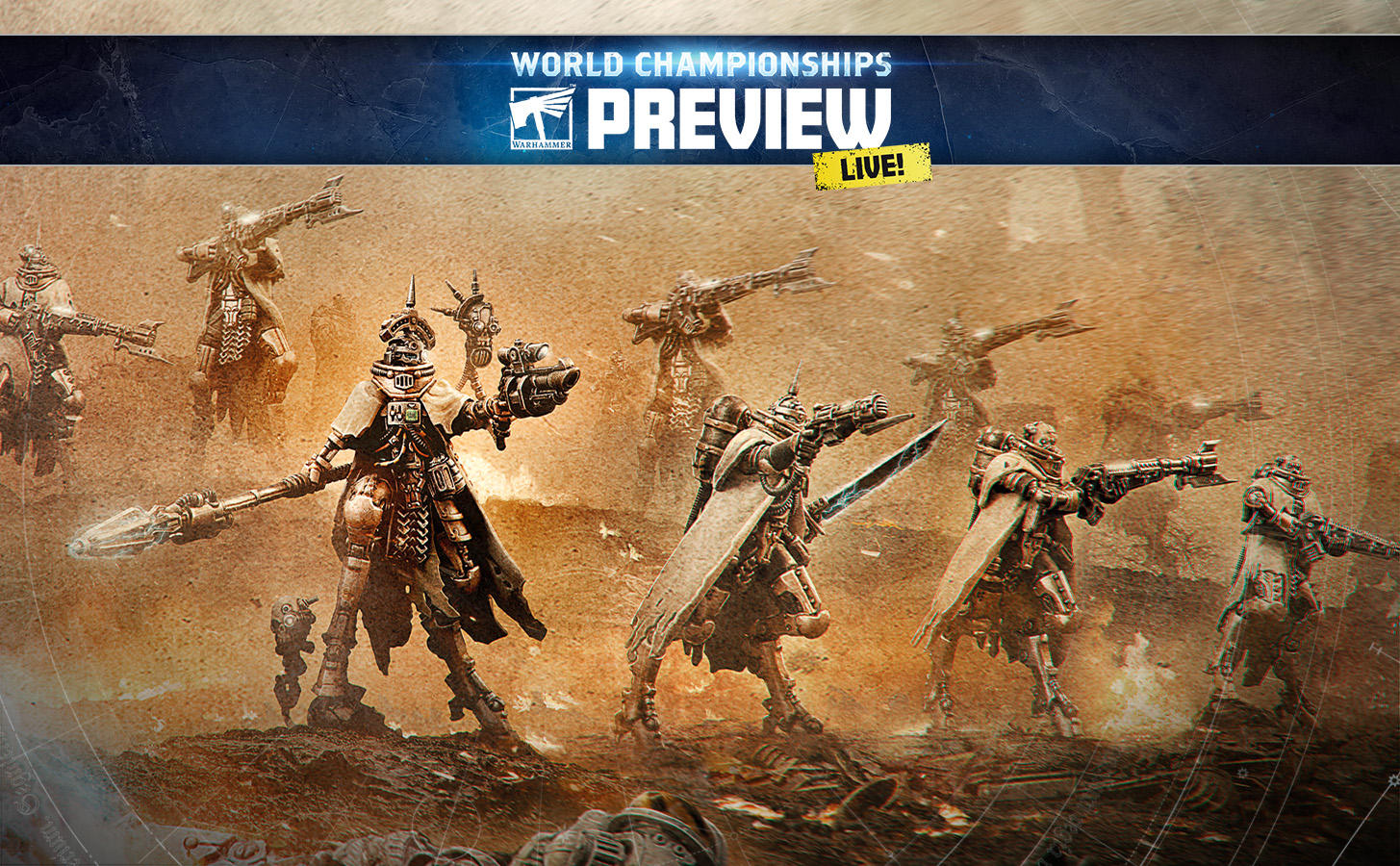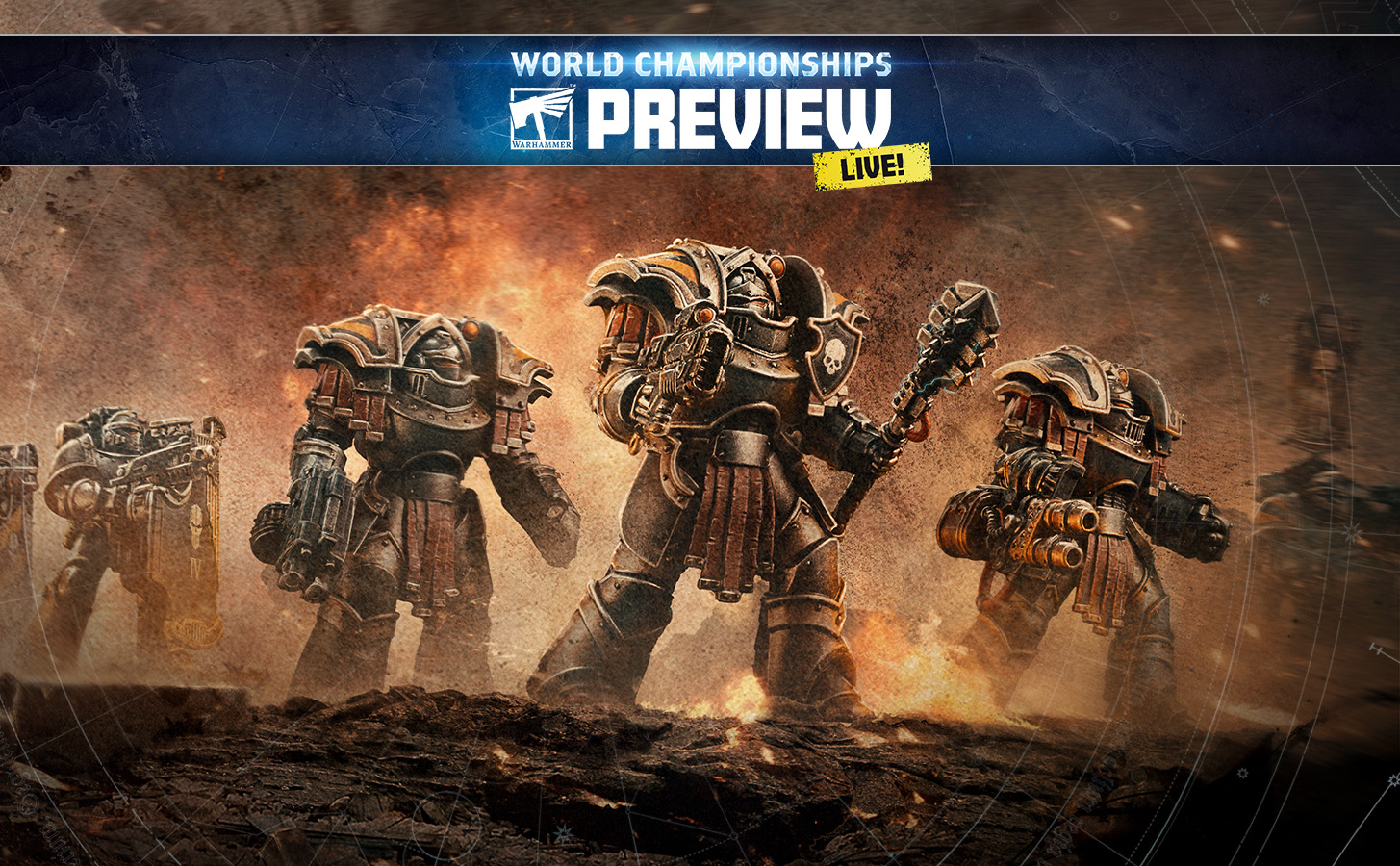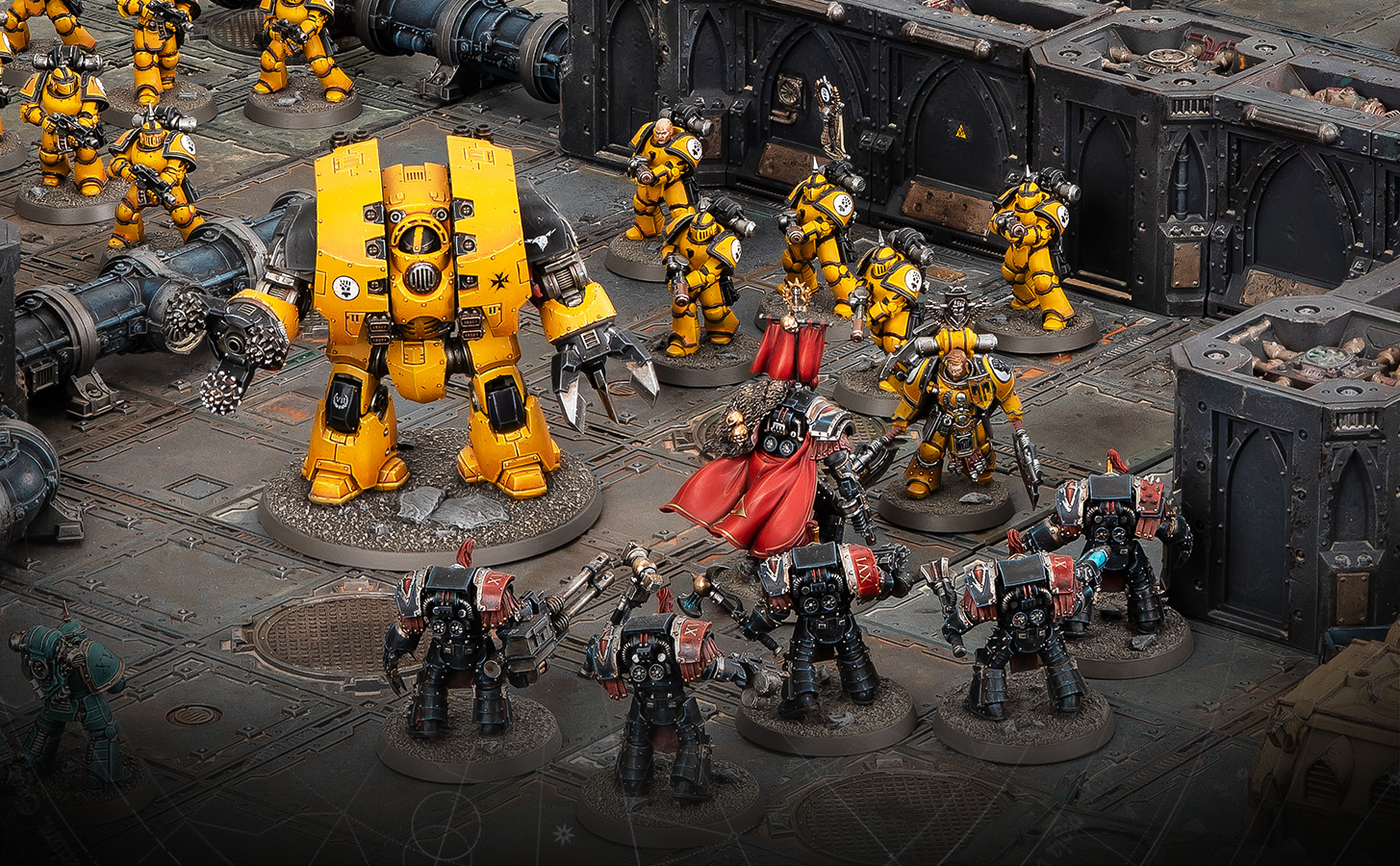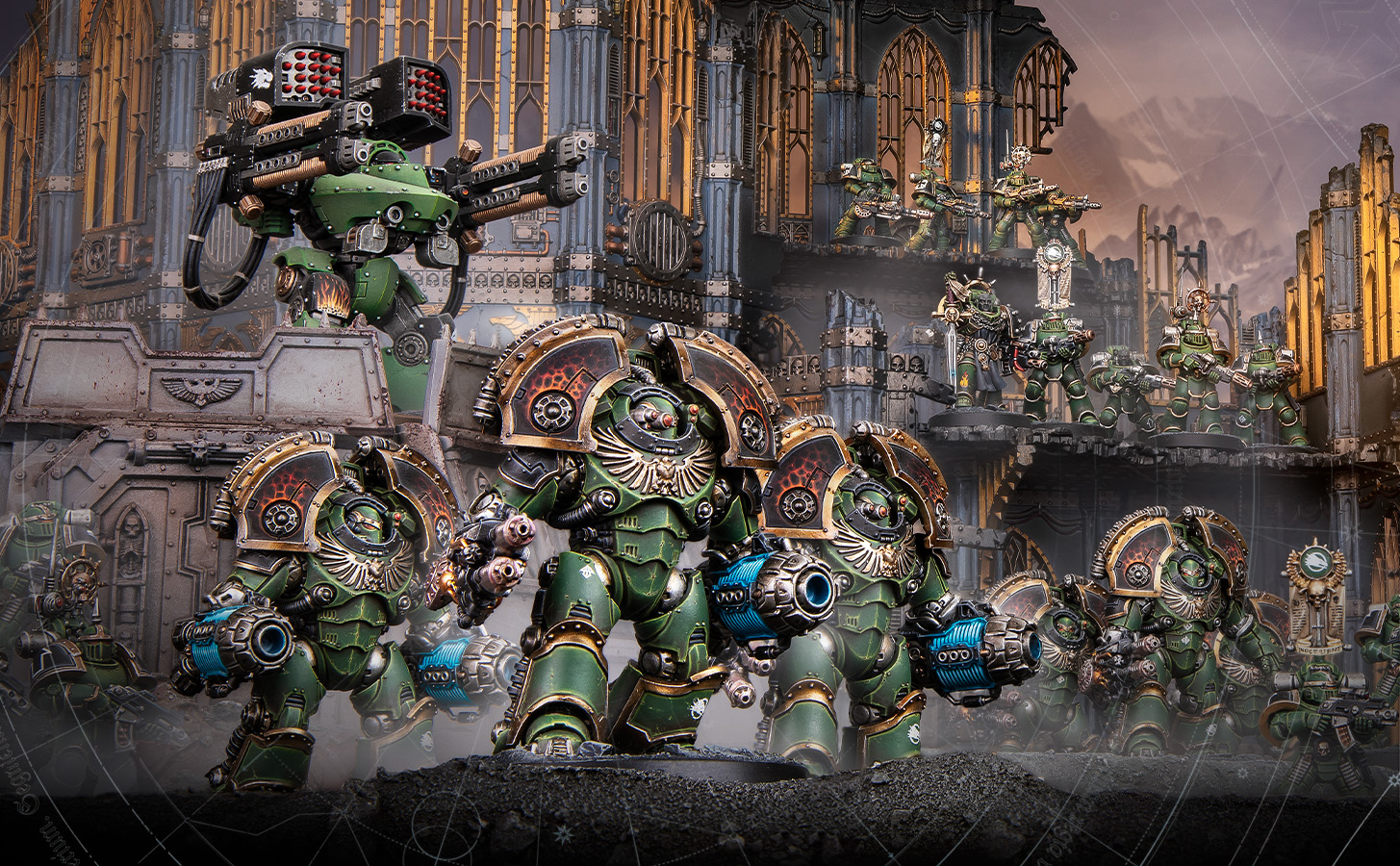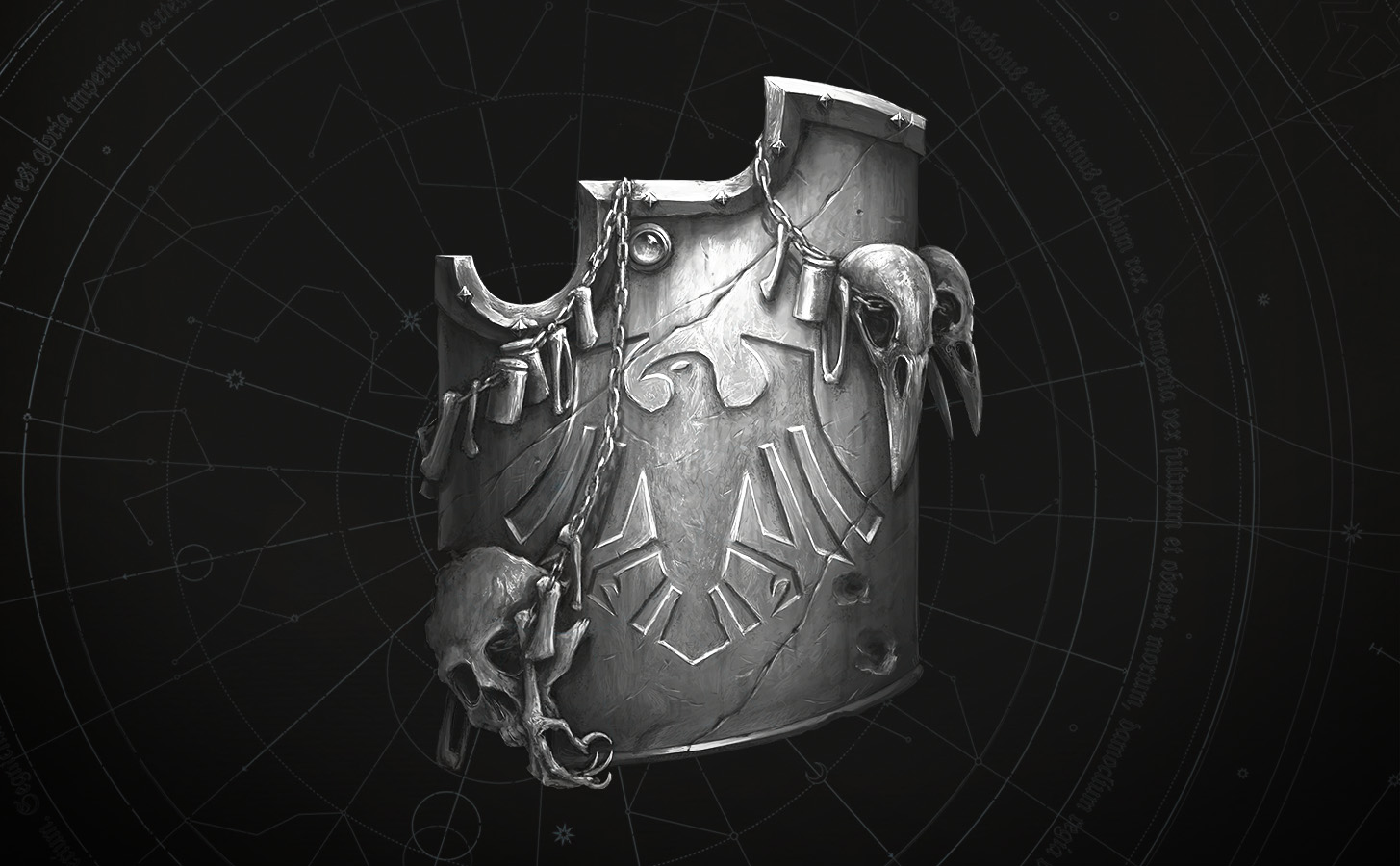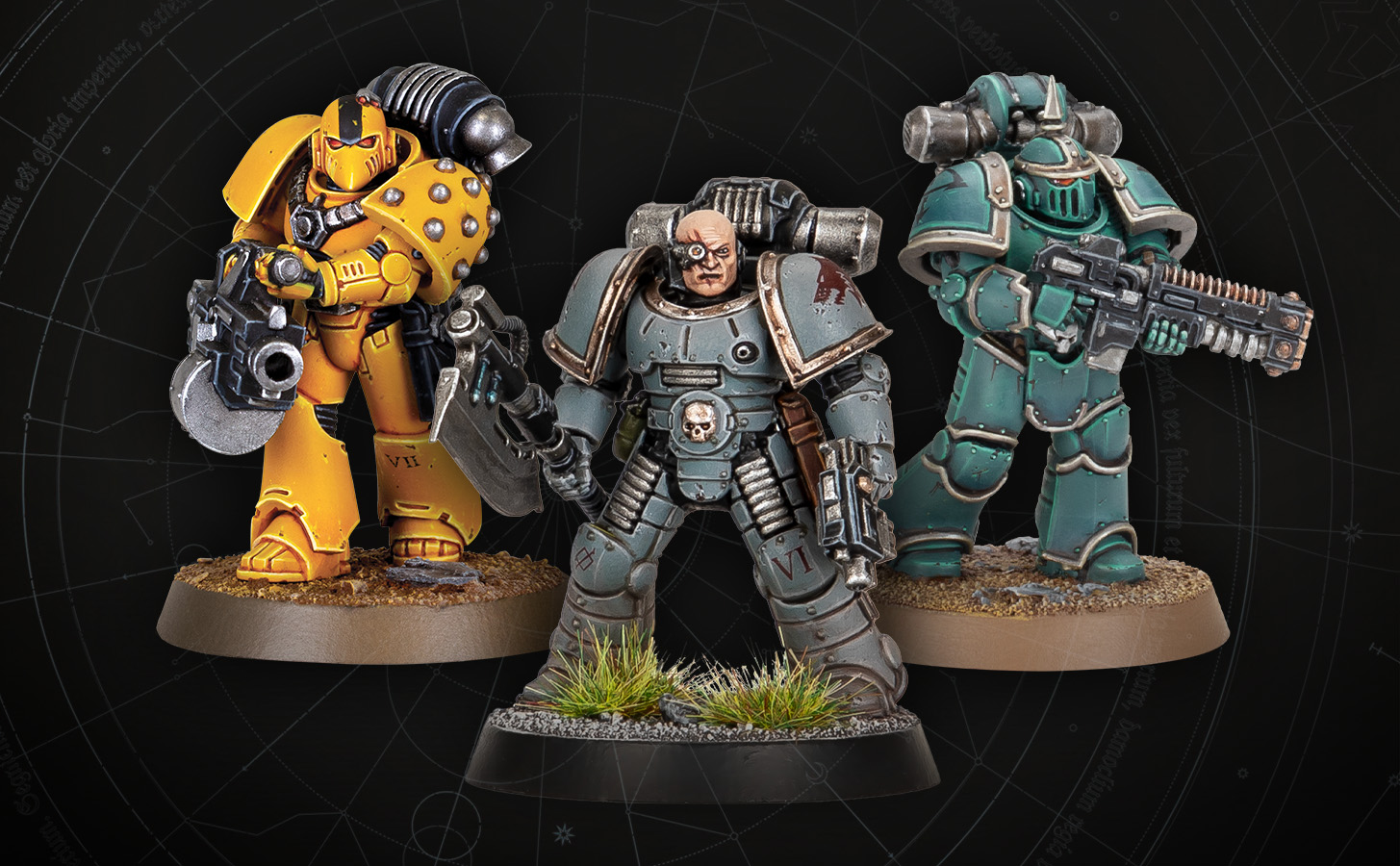Today we welcome playtester Matt in the first of five faction focuses this week. He’s discussing standout rules elements for the nine Loyalist Legions – including the new-style Rites of War.

Matt: To play the Loyalist Legions of Space Marines in the Age of Darkness is to be the last bulwark between Horus and Terra itself. What with three whole Legions reduced to a fraction of their fighting strength at Isstvan V, the struggles of the Ultramarines and the Blood Angels, and the Imperial Fists taking a mauling at Phall, the Loyalists are on the back foot. They are forced to engage in a series of fighting retreats, counter-attacks, and surgical strikes to slow the Warmaster’s progress before the awful finality of the Siege of Terra itself.
On the tabletop, the Legiones Astartes are a diverse and well rounded force with a tool for just about every job. Capable of deploying forces of mass infantry formations, armoured spearheads, or rapid-response aerial forces, you can muster almost any type of army you can imagine.

Rites of War
It will have become clear to existing players that the rules for the Space Marine Legions have changed quite a bit from previous rulesets. The changes to Rites of War are some of the most obvious, but rest assured that the Legions all still feel different from each other.
Rites of War is now the overarching title for each Legion’s ruleset, encompassing their Legion Tactica, Gambit, Advanced Reaction, and Detachments. Tactica offer unique mechanics to the entire army, while Gambits and Advanced Reactions reinforce the various fighting styles of the Legion archetypes at an individual and squad level respectively.

The Hunter’s Strike
Space Wolves Legion Tactica
Relentlessly, the warriors of the VIth Legion would stalk, closing with their prey until they were ready to strike. Finally, once the distance was closed, there would be no escape for their enemies, no chance to escape from the Wolves’ blades as they came for blood.
Space Wolves make a longer Set-up Move.
Models with this Special Rule must add +2" to the distance of any Set-up Move, to a maximum of 6".

Decapitation Strike
Raven Guard Gambit
Unlike those of other Legions who were prone to indulgence and grandeur in battle, to deliver the killing blow, to swiftly eliminate the strategic command structure of the enemy with cold efficacy was the way of the XIXth Legion.
This Gambit allows the Model to make a single attack first, followed by the remainder of their attacks, if the first is successful.
This Gambit may be selected once per Challenge. When selected, no Focus Roll is made, instead the Controlling Player of the Model for which this Gambit has been selected makes a single attack at the end of the Focus Step. If the Hit Test and Wound Test made for this attack are both successful (i.e., they meet the required Target Number), the Controlling Player of the Model with this Gambit may then make the remainder of the attacks the Model that this Gambit is selected for is eligible to make in the current Strike Step, minus the single attack already made. If either the Hit Test or Wound Test made for the initial attack are not successful, the Model for which this Gambit is selected may make no further attacks during this Strike Step.
I’m particularly excited by the Space Wolves Tactica The Hunter’s Strike is great for getting your ferocious melee specialists into the fray without pesky volley fire getting in the way! As for Gambits, the Raven Guard’s Decapitation Strike is a once-per-Challenge opportunity for your characters to end the fight before it begins – fitting for the cunning XIXth Legion.
Advanced Reactions are often once per game abilities that have the potential to turn the tide if used well. A perfect example of this is the Dark Angels’ Vengeance of the First Legion, which allows a unit to repeat the Combat phase, perfect for Inner Circle Cenobium or Deathwing Companions.

Vengeance of the First Legion
Dark Angels Advanced Reaction
They would not tire, nor would they wane, only in victory or death would the Dark Angels’ thirst for vengeance be sated.
This Reaction allows the Controlling Player to choose to repeat the Fight Sub-Phase.
Trigger: Once per Battle, the Reactive Player may declare the Vengeance of the First Legion Advanced Reaction after the last Initiative Step of a Combat that includes a Unit under that Player’s control which only includes Models with the Dark Angels Trait has been resolved, but before the Make Final Pile-in Moves Step.
Cost: The Reactive Player must spend 1 point of their Reaction Allotment to declare the Vengeance of the First Legion Advanced Reaction, this cost paid as soon as the declaration is made.
Target: The Target Unit is always a Unit in that Combat which only includes Models with the Dark Angels Trait. That Unit is the Reacting Unit.
Force Organisation manipulation was a staple of old Rites of War. All Legions gain an additional Auxiliary Detachment, while some also have an Apex Detachment. These allow players to add units that are thematically appropriate to their culture more efficiently than by utilising the standard options, without removing anything from your toolbox.
Finally, you have unique Prime upgrades. which apply a thick coat of Legion gloss over common units. The Imperial Fists Castellan is a great example, modifying a Centurion to capture their role as a defensive heavy weapons expert and line officer.
Standout units
My number one slot has to go to the humble Legion Centurion. Whereas before they were taken because folk couldn’t spare points for a Champion but wanted the Weapon Skill buff, they’re now a critical pillar in army construction – just how they should be!
Second slot I’m going to give to the Medusan Immortals. Their new unit rules really represent their background as the forlorn hope troops. Shields, Expendable (2), and very high Leadership and Cool makes them unflappable in the meatgrinder.

Lastly, I wouldn’t be an Imperial Fists player if I didn’t put Sigismund up there. At a mighty Weapon Skill 7 with five Attacks and a custom Gambit to improve his Critical Hits, he’s the legendary duelist he deserves to be! And with how much fun Challenges are now, he’s doubly worth it.
I could write another whole article on all the cool changes coming with this edition, but the highlight is the variation in scoring Victory Points. There’s more nuance to scoring, both via objectives of varying value and special rules like Vanguard (X) and Line (X), which provide much deeper tactical gameplay and rewarding balanced list building.
Thank you Matt! Tomorrow it’s time for the Traitors…





